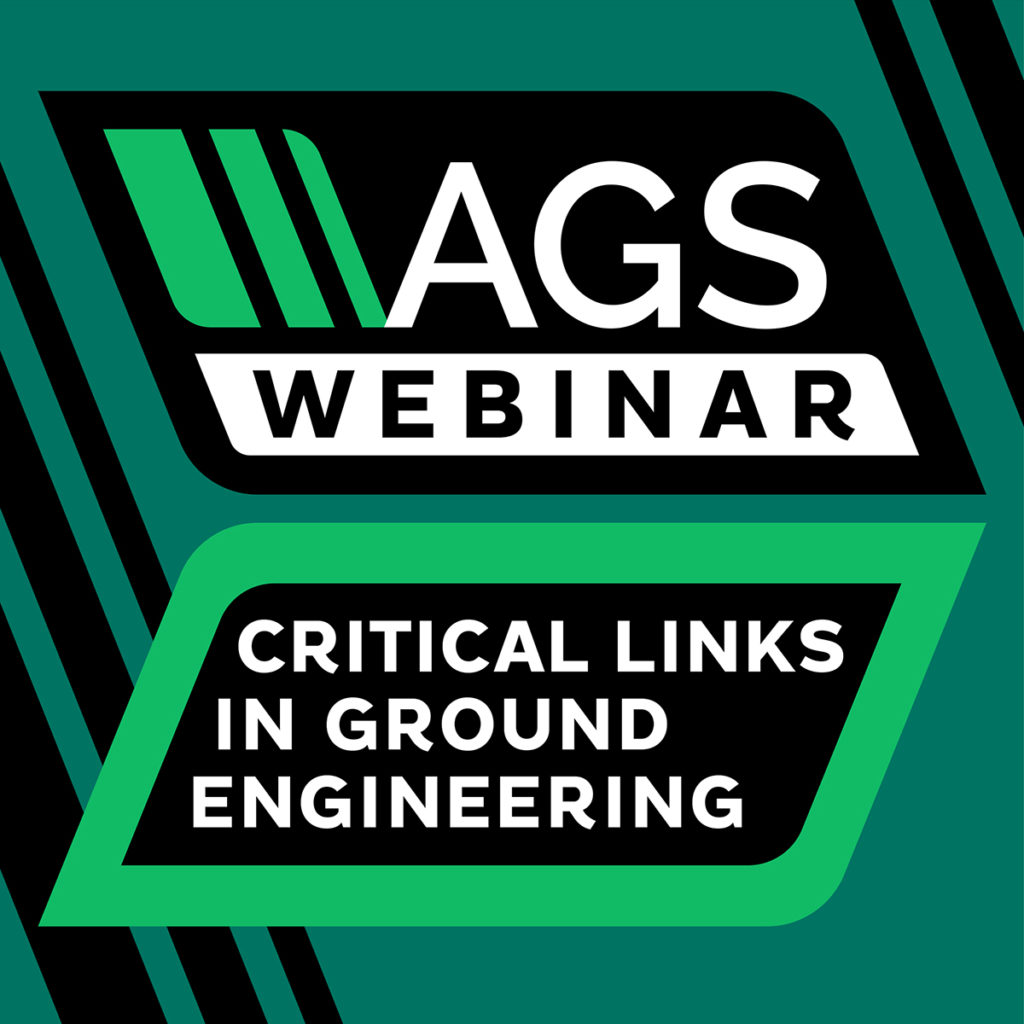Article drafted by James Hutchinson and Sophie-Rose Bowen from Beale & Co.
This article will consider the following:
1. Matters to consider before closing down your company;
2. Obligations to ensure that your company is insured once it has ceased trading; and
3. Why it is important to protect your company against future claims that arise once your company has ceased trading.
1. Matters to consider before closing down your company
Procedure
In terms of how to wind down your company, there are various methods available. For the purposes of this article, we will assume the company is solvent at the time of closure.
Strike-off
You may choose to voluntarily strike your firm off the Companies Register maintained by Companies House register using the method known as “voluntary strike-off” (in accordance with section 1003 of the Companies Act 2006). Note that you will need to distribute all cash and assets in the company before the company is dissolved as otherwise such assets will vest bona vacantia i.e. belong to the Crown.
This method of dissolution is often an attractive procedure as it is relatively quick, straightforward and cost-effective. Once a company is struck off the register it is deemed to be dissolved and there is no longer a legal entity (and therefore there is no one to sue).
However, note that despite the company’s strike-off and dissolution, future claimants can apply to restore the company to the register at any time, if they have claims against the company.
Although a company does not have to formally discharge all of its liabilities before it is struck off, it must however notify all contingent and prospective creditors (which would include a party to whom an existing obligation is owed but in respect of which a present liability has not arisen and may never arise e.g. a potential claim). Note that failure to inform such creditors would constitute an offence under the Companies Act 2006. It will be an aggravated offence punishable by a term of imprisonment if the person’s failure to perform this duty is with the intention of concealing the application.
Solvent liquidation
Another method of dissolution is via voluntary liquidation, which is the costliest procedure. There are two main types of liquidation – creditors’ voluntary liquidation (CVL) and members’ voluntary liquidation (MVL). A CVL is entered into when a company is insolvent (which we will not be discussing in this article) and an MVL is entered into when a company is solvent.
To initiate an MVL, you must make a Declaration of Solvency (for English and Welsh companies). You will need to review your company’s assets and liabilities before making a declaration.
To make a declaration of solvency you must produce a written statement stating that the directors have assessed the company and that they believe it can pay its debts in full together with any interest within a specified period, not exceeding 12 months from the commencement of the winding up of the company (pursuant to section 89 of the Insolvency Act 1986 and the Insolvency (England and Wales) Rules 2016). You will also need to include the statement of your company’s assets and liabilities. Once this has been confirmed, a shareholders’/members’ meeting is convened to appoint a liquidator to wind down your company.
It is important when making a statutory declaration of solvency that the directors assess the actual and contingent liabilities of your company (including pending or potential claims) and have reasonable grounds for the opinion that your company would be able to pay its debts in full within the period specified in the declaration (which must not exceed 12 months from the commencement of liquidation).
Should a declaration of solvency be made falsely or if it is found to be inaccurate the repercussions for the directors can be very severe, including an unlimited fine and up to 2 years imprisonment. It is therefore prudent to ensure that the company holds adequate professional indemnity insurance to capture any potential liabilities that arise in the period specified in the declaration of solvency.
How can I protect my company against future claims?
Ensuring that there is adequate insurance in place to protect the interests of yourself and your company against the possibility of future claims is a key consideration to be had before winding down your company.
It is possible to take out professional indemnity insurance to provide protection against claims that are made once a company has stopped trading. This is called run-off cover.
Run-off cover is important as professional indemnity insurance is provided on a claims made basis. This means that if a claim is made against your company and you want cover to be provided, professional indemnity insurance needs to be held on the date the claim is made against your company, rather than the date of the incident giving rise to the claim.
2. Obligations to ensure that your company is insured once it has ceased trading
In considering whether to take out professional indemnity insurance run-off cover, it is important to consider your company’s contractual and professional obligations:
i. Contracts may contain contractual obligations to maintain insurance for 6 or 12 years from completion of the services or practical completion. Therefore, it would be prudent to ensure professional indemnity run-off cover is in place until these periods have expired.
ii. In addition to your contractual obligations, you may also have professional obligations to maintain run-off cover, as a member of your professional body.
In the past, Courts have allowed claims to be brought against a professional in their personal capacity in the absence of professional indemnity insurance. If you enter into a contract knowing that you will be closing down your company and that you will not have run-off cover in place, then you risk a potential claimant bringing a personal claim against you (see the decision in Merrett v Babb).
3. Why it is important to protect your company against future claims that arise once it has ceased trading?
Contractual liabilities
Given the nature of construction-related projects, your company may have contractual liabilities that last for a number of years.
If any of the contracts entered into by your company have been executed as simple contracts under hand, then your contractual liabilities under that contract should last for 6 years from the date that any cause of action accrued i.e. there was a breach of contract. If your contract has been executed and delivered as a deed, then your contractual liabilities under this contract could last for 12 years from the date of breach of contract.
Alternatively, some contracts may incorporate bespoke limitation clauses which seek to limit the period of time in which a party can bring a contractual claim against your company. Examples would be clauses limiting your company’s liability to 10 years from the date the practical completion or from the date of completion of your services.
Following the judgment in Inframatrix Investments v Dean Construction, the Courts will try to give effect to bespoke contractual limitation provisions provided that they are clearly worded.
Before winding down your company, it is important to take a look at the contracts entered into by your company to determine how long professional indemnity run-off cover ought to be required.
Latent defects
Latent defects are a common problem in the construction industry. A latent defect is one that appears after a project has been completed and that is not discoverable at the time of its completion.
A claim in tort can take advantage of an elongated limitation period under section 14A of the Limitation Act 1980 which allows a claim in tort to be brought within 3 years of the date when the claimant had the ‘knowledge’ required to bring such an action and the right to bring such an action up to a maximum of 15 years from the date of damage.
As professional indemnity insurance is provided on a claims made basis, where a latent defect is discovered several years after completion of the project and a claim is made against your company, the professional indemnity insurers on risk at the time of the discovery of the defect will need to be notified, as opposed to the professional indemnity insurers on risk at the time the cause of action accrued i.e. when there was a breach of duty.
It is important to ensure that there is adequate run-off cover in place following the closure of your company because a latent defect may only be discovered several years after practical completion, at a time where your company has ceased trading. This is especially so where the client has not taken out a latent defects insurance policy for the project.
“Contribution” Claims
In addition to claims in contract and tort, it is possible for a defendant party to issue a “contribution” claim under the Civil Liability (Contribution) Act 1978 (the 1978 Act) against any other parties involved in a project that also contributed to the alleged damage. Contribution claims are particularly common in construction disputes where parties are jointly and severally liable to the client. In those circumstances, a client would be able to bring a claim against only one of the parties it considers to be responsible for the damage, leaving the defendant party to recoup its losses from the other “contributing” parties by pursuing claims under the 1978 Act.
A claim under the 1978 Act can be brought up to two years after the right to contribution accrues, which is the date on which the liability of the original defendant is quantified either by settlement agreement or judgment. A party shall be entitled to recover contribution under the 1978 Act notwithstanding that they have ceased to be liable in respect of the damage in question since the time when the damage occurred. Therefore, the fact that any contractual or tortious claim against your company is now statute-barred would not prevent a party from being able to bring a “contribution” claim against your company, provided that this is done within the prescribed two-year period under the 1978 Act.
It is pivotal to consider the possibility of “contribution” claims arising on particular projects when considering professional indemnity run-off cover to suit your company.
Key Take Away Points
If you are considering closing your company, we recommend that you give careful consideration to your continuing contractual and professional obligations, the potential for claims to arise as a result of latent defects and the potential for “contribution claims”. It is prudent to maintain appropriate run-off cover, to ensure that you can meet any future contractual liabilities and also that you comply with the obligations of your professional body. By choosing not to purchase run-off cover once you have ceased trading, you will lose any benefit of having had any insurance in the past. You will therefore not be insured for any claims that may arise out of your past work, even if you had professional indemnity insurance at the time you provided the services.
Whether you choose voluntary strike-off or an MVL, you will need to consider any actual and contingent liabilities (and again maintain adequate run-off insurance cover).
We appreciate that many engineers are finding it difficult to purchase run-off cover at an affordable price and on a basis which does not require annual renewal, leaving the risk that it might not be available in the future. It is therefore essential that you speak to your insurance broker about what options are available. You should also seek financial advice from an accountant/insolvency practitioner about what closure process is most appropriate and take legal advice on any potential liabilities and obligations your company may have.
Should you have any queries or are seeking advice on the matters raised in this article, please do not hesitate to contact James Hutchinson (J.Hutchinson@beale-law.com) or Sophie-Rose Bowen (S.Bowen@beale-law.com).
James Hutchinson
Sophie-Rose Bowen




